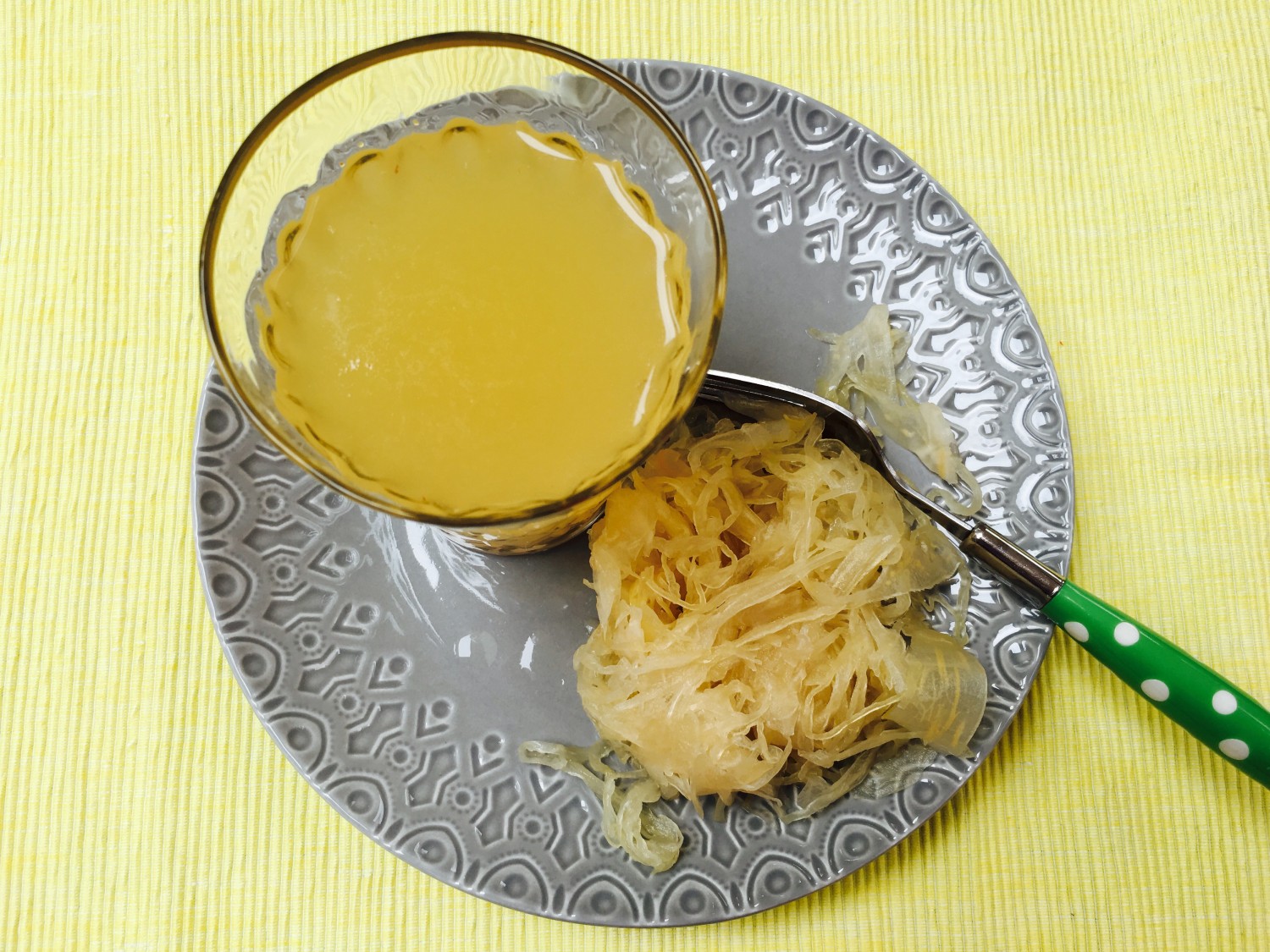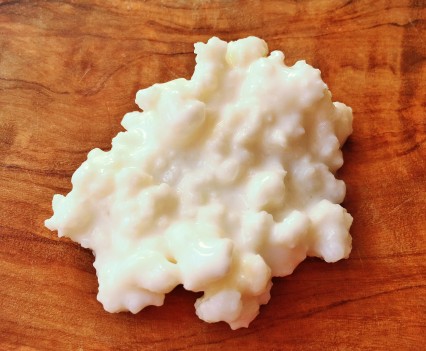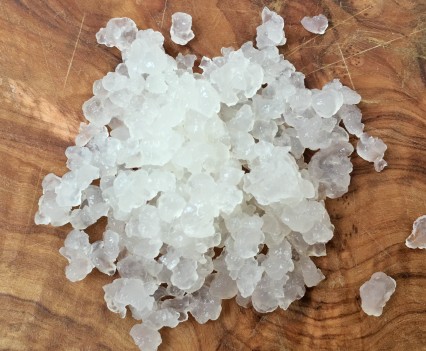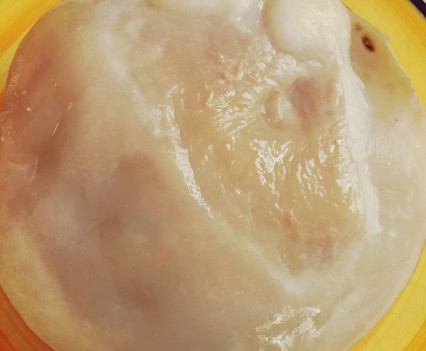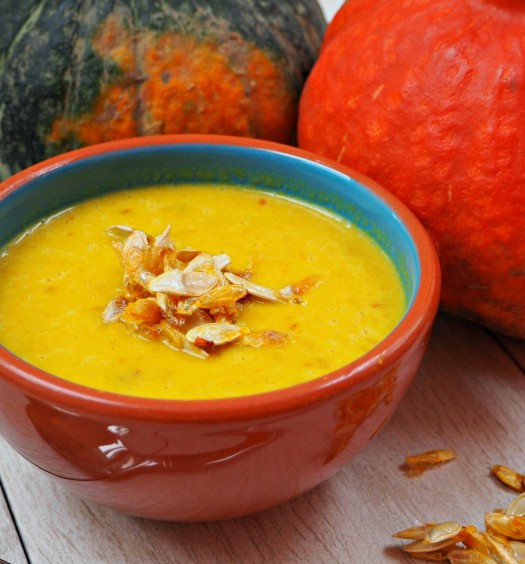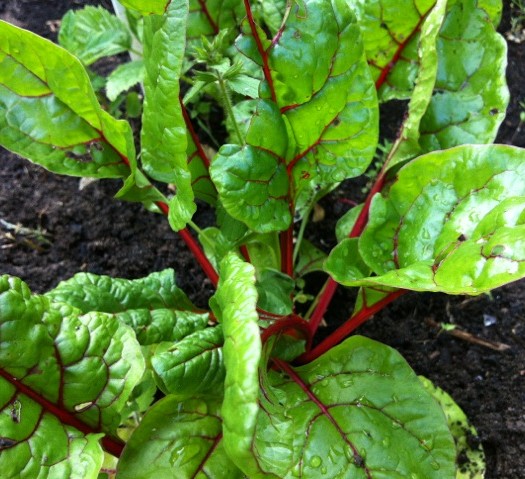Easy ways to include fermented foods in your diet
Unless you’ve been living under a rock, you’ve probably read something recently about the health benefits of fermented foods. But just what are fermented foods – and are they really good for us or just another expensive marketing hype?
Personally at the mere mention of fermented foods, my brain conjures up a 1970s picture of people who have far too much time on their hands, stuffing raw cabbage into glass jars to make sauerkraut. I just don’t have time to be that person, no matter what the health benefits are.
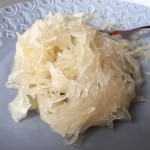 But thankfully it’s not all about sauerkraut (although nutritionally it is an excellent fermented food and I love it!). Fermented foods and drinks such as kimchi, miso, kefir and kombucha can be found more easily in restaurants and supermarkets, making it easier now than ever before to benefit from a daily intake of ferments –without having to make them yourself – although some are easy (and fun) to make.
But thankfully it’s not all about sauerkraut (although nutritionally it is an excellent fermented food and I love it!). Fermented foods and drinks such as kimchi, miso, kefir and kombucha can be found more easily in restaurants and supermarkets, making it easier now than ever before to benefit from a daily intake of ferments –without having to make them yourself – although some are easy (and fun) to make.
What are fermented foods and drinks?
They’re just foods or drinks where natural lactobacilli (good) bacteria are given the right conditions (via salt or sugar) to proliferate. Lactobacilli are probiotic bacteria, and they produce lactic acid, helping to preserve the food; traditionally, fermented foods and drinks have been integral to the diet of most cultures around the world.
Many foods can be fermented but examples of more common fermented foods and drinks include:
- fermented soy (miso, natto, tempeh)
- pickled vegetables (sauerkraut, kimchi, gherkins, sushi ginger)
- fermented dairy (milk kefir, yogurt, creme fraiche, buttermilk, cheese)
- drinks (kefir, kombucha)
- condiments (umeboshi plums, preserved lemons, fish sauce)
- sourdough bread
Some of these ferments are better than others for us – sourdough and cheese may be examples of fermented foods (and easier to digest than unfermented milk or bread) but they don’t have some of the large probiotic benefits of some of the other ferments.
Why are ferments good for us?
We now know that fermented foods and drinks may help to support digestive health by acting as probiotics (similar to the probiotic capsules and powders many of us take each day); they help to support what is technically known as a healthy microbiome (the balance of bugs in the gut)
Digestive wellness is important because it impacts everything, including:
- How we absorb nutrients
- How our blood sugar rises when we eat carbs
- Our immunity (70% of the immune system is in the gut)
- How well we eliminate toxins
- Brain function, behaviour and mood – the gut is our second brain
- Obesity, Type 2 Diabetes risk and the risk of auto-immune conditions
Yet digestive symptoms are on the rise: poor diet, c-sections, bottle feeding, antibiotics, medications and stress all impact the balance of our microbiome. In fact, digestive symptoms are one of the most frequent health issues that our clients present with; IBS alone affects around 1/5 of the UK population, and 2/3 of sufferers are women so it’s a major, often unspoken-about, female health concern.
Adding fermented foods back into the diet may be a simple way to support our digestive health.
In our clinic we often use probiotic capsules to help rebalance the micro biome; fermented foods act as probiotics but have additional benefits that you don’t get with a probiotic capsule or powder:
- Fermenting a food makes it easier to digest (e.g. sourdough vs yeast bread, yogurt vs milk)
- Fermented foods boost the production of enzymes and availability of vitamins and minerals in the foods themselves, including B vitamins, magnesium and zinc
- Fermented vegetables add fibre – so also act as prebiotics, helping to feed our ‘probiotic’ – good bacteria
So if you like ferments, they can be good (and often cheaper) probiotic capsule alternatives.
Our Favourite Ferments:
You’ll need to start slowly to avoid rapid changes in gut bacteria, and pick fermented foods that you enjoy. Natto and tempeh may be great nutritionally but…I don’t actually like them. So find ferments that suit your palate – a glass of kefir or good quality yogurt may work for you instead of a plate of sauerkraut.
Here are our suggestions for some of the easiest ways to start adding fermented foods and drinks into your diet:
Yogurt: often overlooked as a fermented food but it really is the easiest daily fermented food to incorporate – as a breakfast, dessert or dip. Remember to buy ‘natural, live’ yogurt (sugary or artificially sweetened commercial yogurts don’t count) and if you’re dairy intolerant, try cultured coconut yogurt.
Drinks:
- Kombucha: a slightly effervescent fermented tea, it’s easy to make at home with a bought (or
donated) scoby – a slippery, slimy round organism that sits in your brew to ferment it. Alternatively you can buy kombucha in many supermarkets (note that kombucha has a very low alcohol content (0.5-1%)). We like a glass of chilled kombucha while the kids eat their evening meal (it’s also great in a cocktail!)
- Milk Kefir: similar to a thin, tangy drinking yogurt it’s definitely the easiest to make at home; just add milk kefir grains to a jar of whole milk. People who are intolerant of dairy sometimes are able to tolerate milk kefir as the casein (protein) is broken down and lactose is low. For those who need a non-dairy version, coconut milk kefir is really delicious. If you don’t want to make it, most health shops stock kefir (though it’s expensive). If the taste is too strong by itself, try mixing it into your morning smoothie.
- Water Kefir: Also easy to make at home using water kefir grains, and is easy to flavour. It’s mild tasting and the kids love it and is much more economical than buying over-marketed, possibly ineffective, commercial ‘probiotic’ drinks. Our favourites include lemon and ginger kefir – or coconut water kefir
Condiments:
- Miso: the easiest (and cheapest?) bought option. A jar of miso paste lasts for ages and we really enjoy it as a simple, mid-morning drink. Despite what recipes say, don’t add miso during cooking – it might add flavour but heat kills the probiotics. You’ll find our full miso soup recipe on our app.
- Preserved Lemons: often overlooked as a fermented food but easy to incorporate in meals, and available in supermarket jars. Use in a salad dressing (it works well on grain salads) or stir into a tagine just before serving (check out our fish tagine on the app).
- Fish Sauce: made from fermented anchovies, fish sauce is a great alternative to soy sauce to add in Thai curries, stir-fries or as a dressing in our Thai cucumber and salmon salad
Pickled Vegetables: a love it or leave it category: pretty much any vegetable can be pickled. If you’re buying these in, you may need to visit the health shop: the vegetables need to be naturally fermented in salt water for the probiotic benefits (commercial jars often use vinegar, or are pasteurised, which destroys the beneficial bacteria).
- Pickled ginger (great to eat a few slices to aid digestion before a meal)
- Pickled beetroot
- Sauerkraut
- Kimchi – spicy pickled cabbage
- Dill pickles, cornichons or gherkins
If anyone lives near me (Sevenoaks, Kent) and wants to pick up a free scoby in the next few days – please contact me – or it will be feeding my compost heap with some probiotic bacteria instead!
We hope you enjoy this blog post, let us know your thoughts in the comments below or on social media – we’re on Twitter, Facebook, Instagram and Pinterest. And don’t forget to sign up to our newsletter to receive a monthly update of our recipes, nutrition tips and expert advice.

